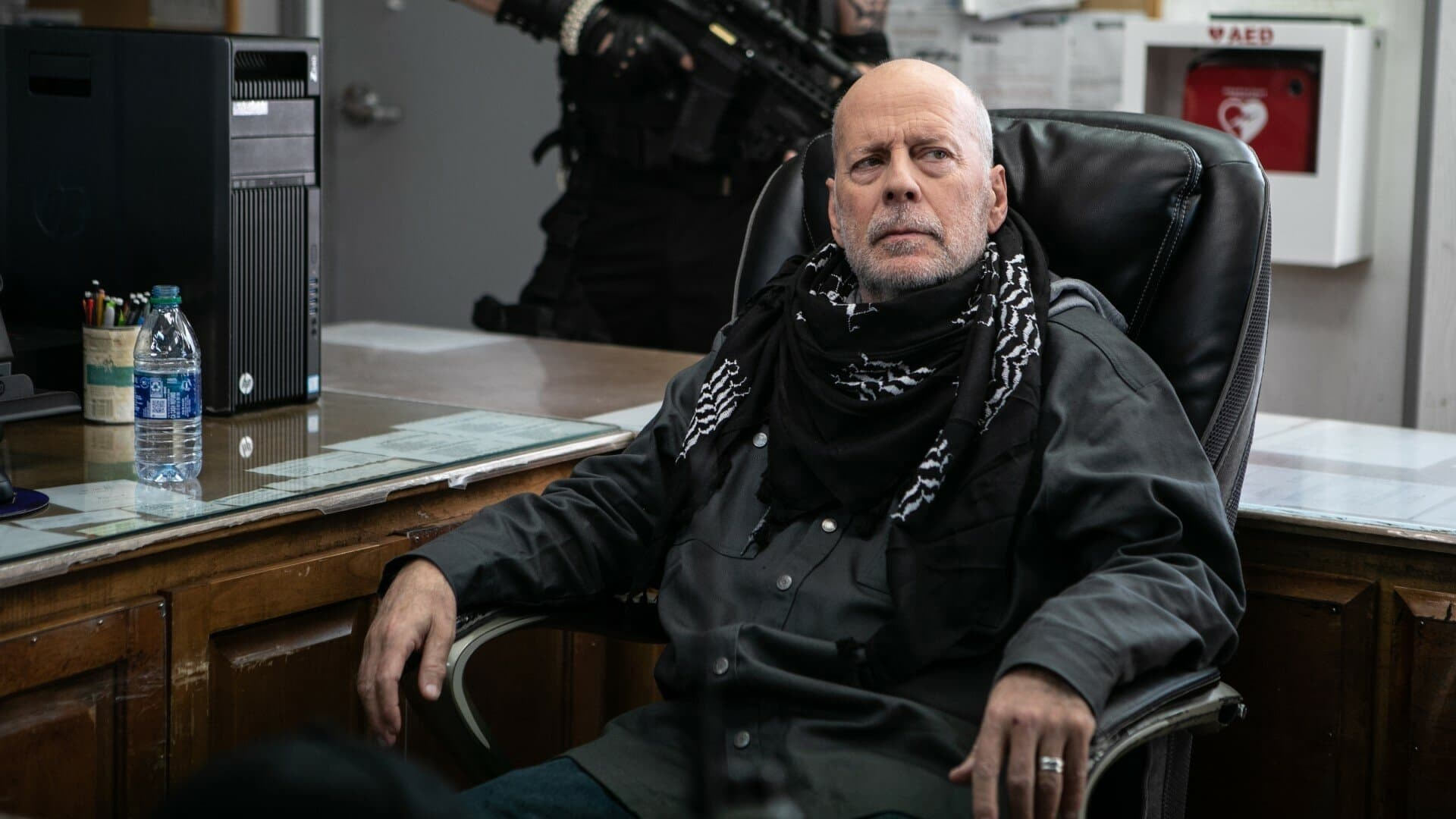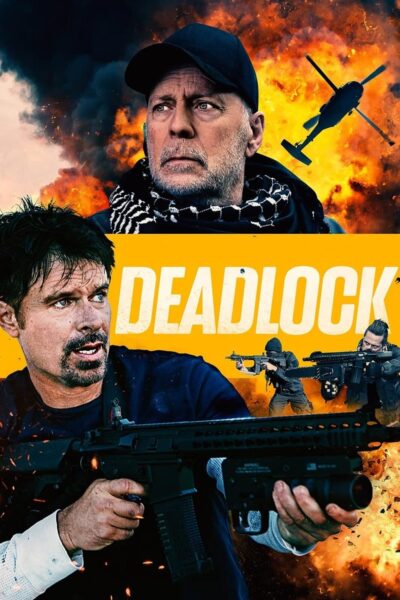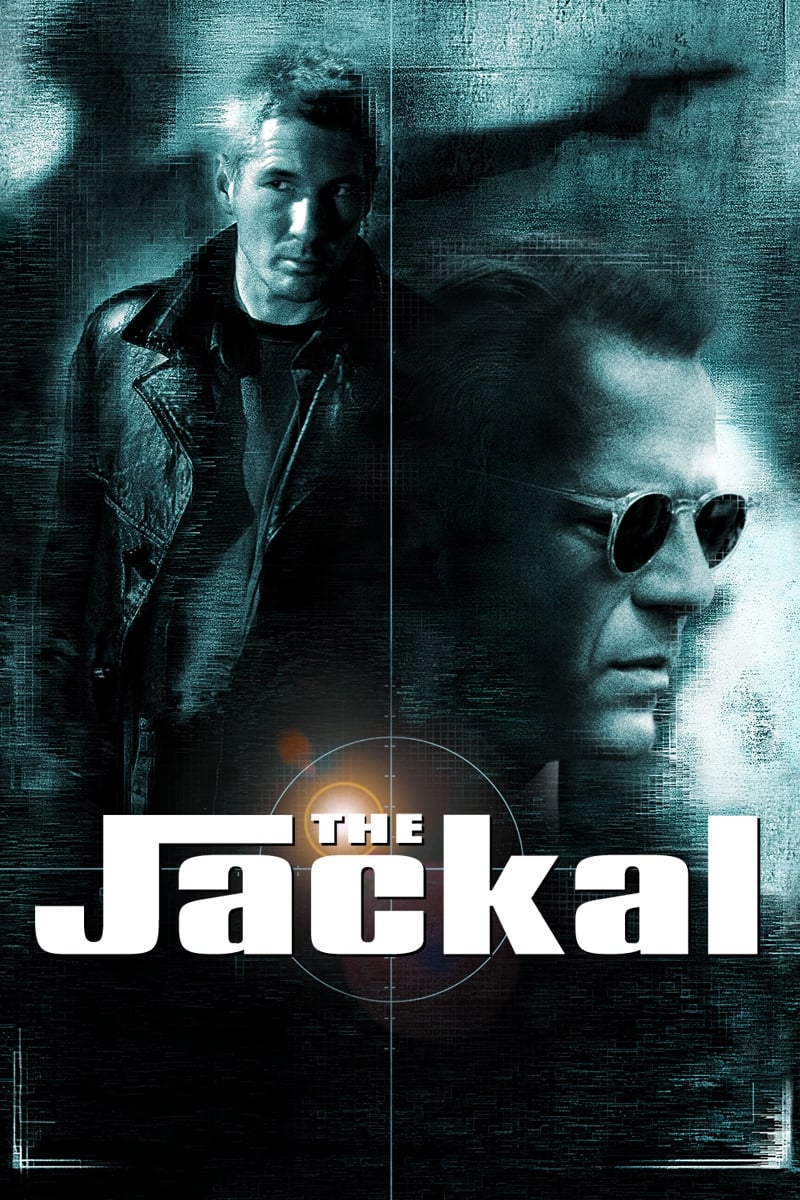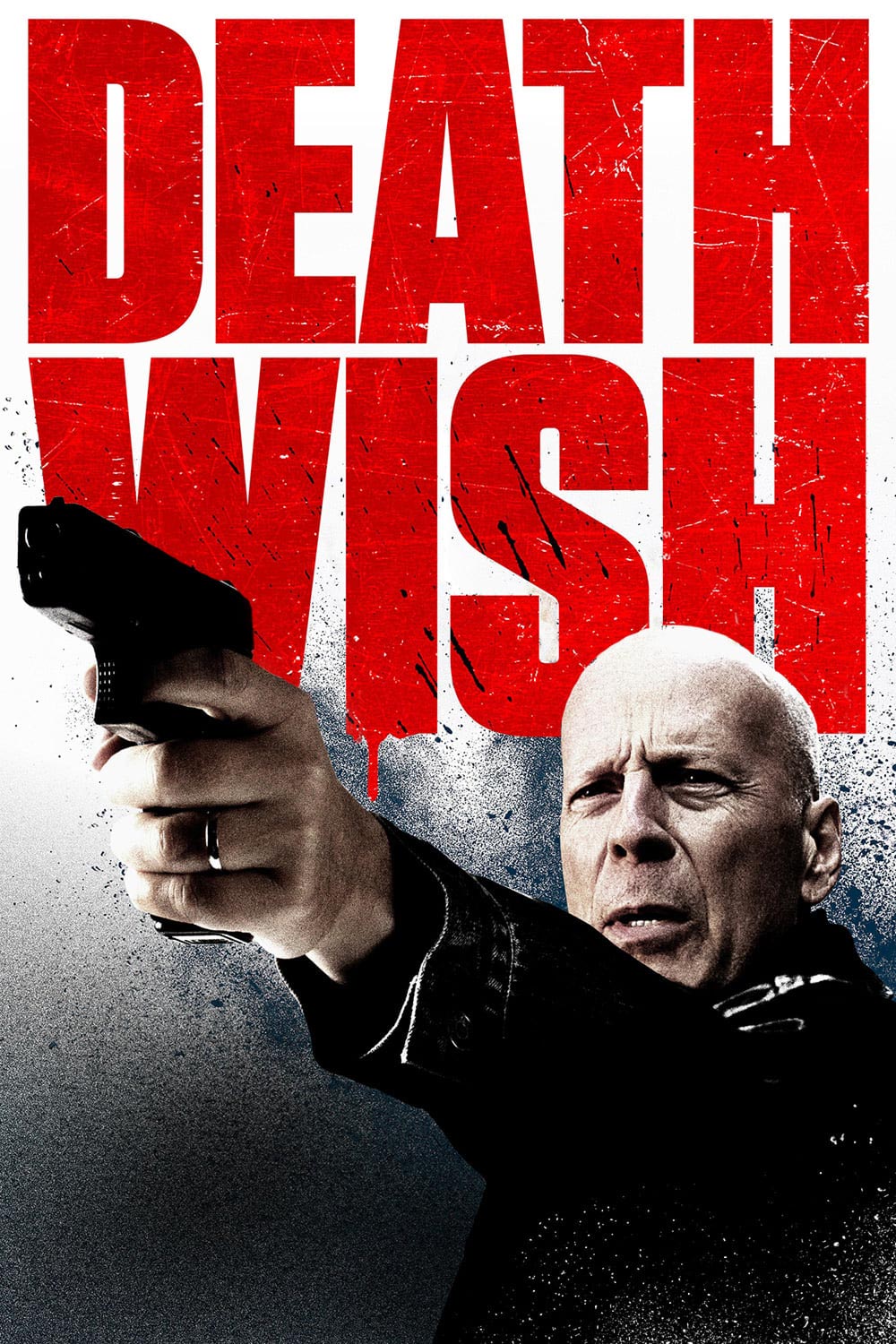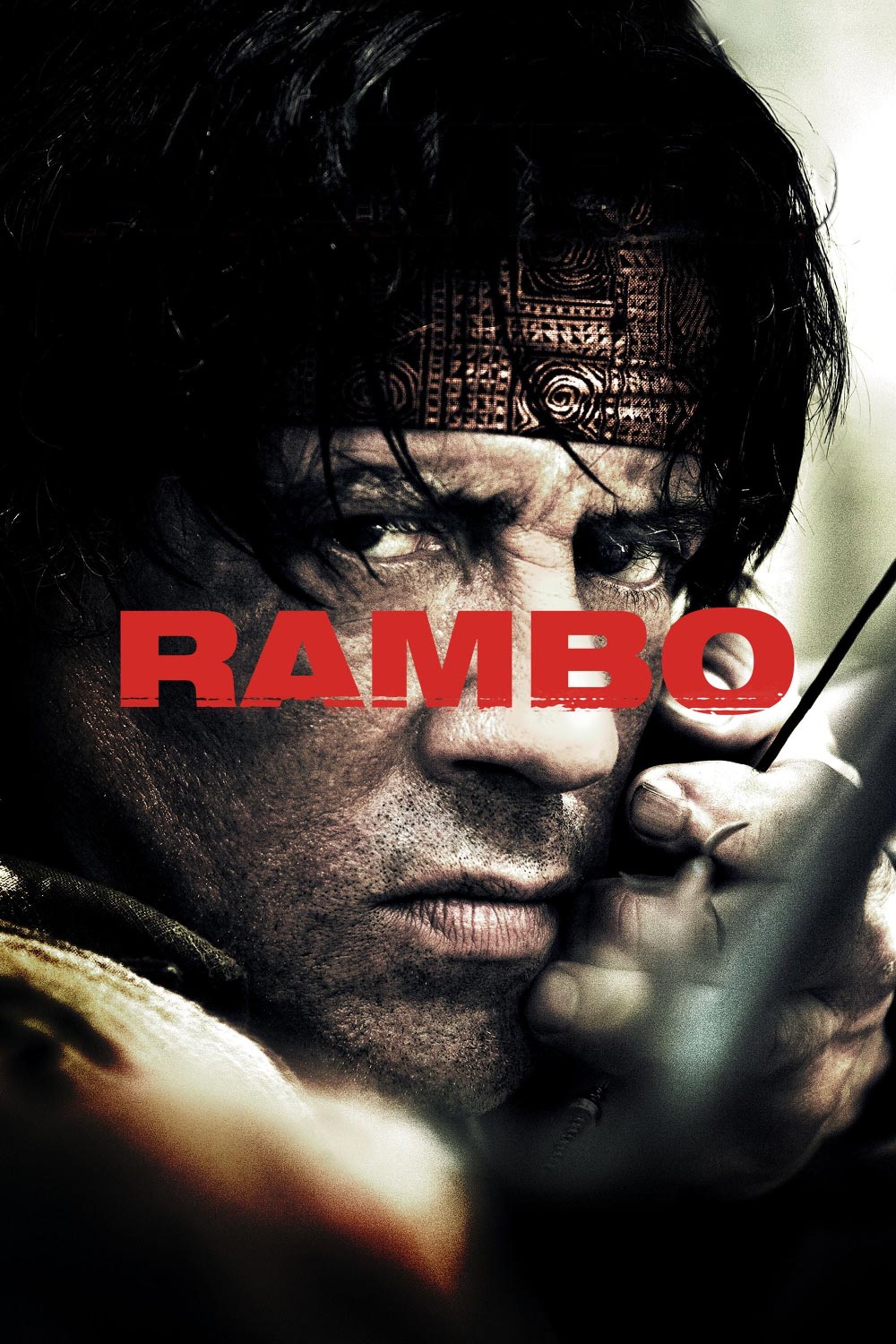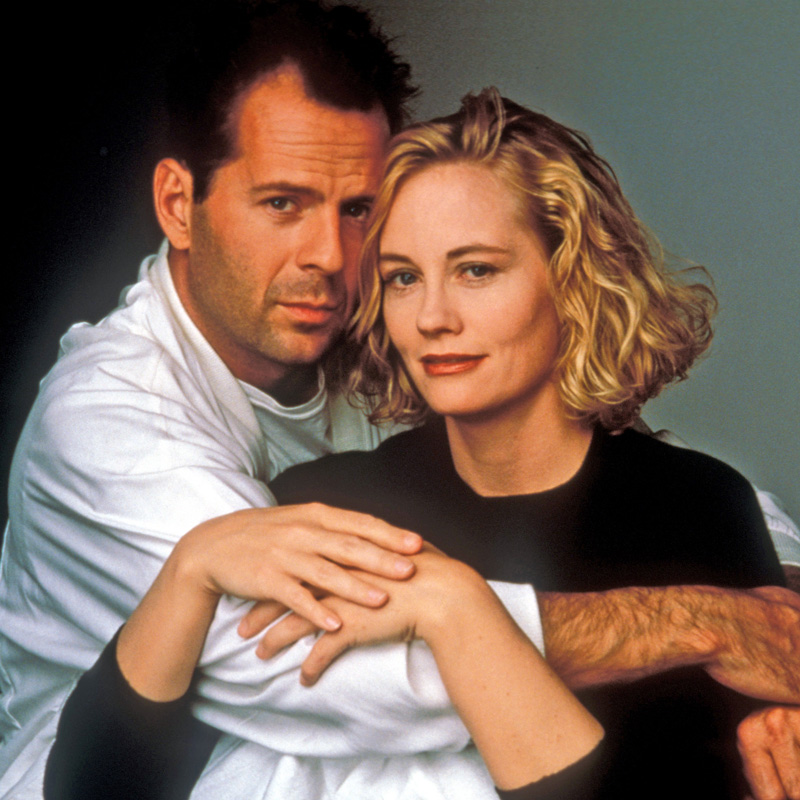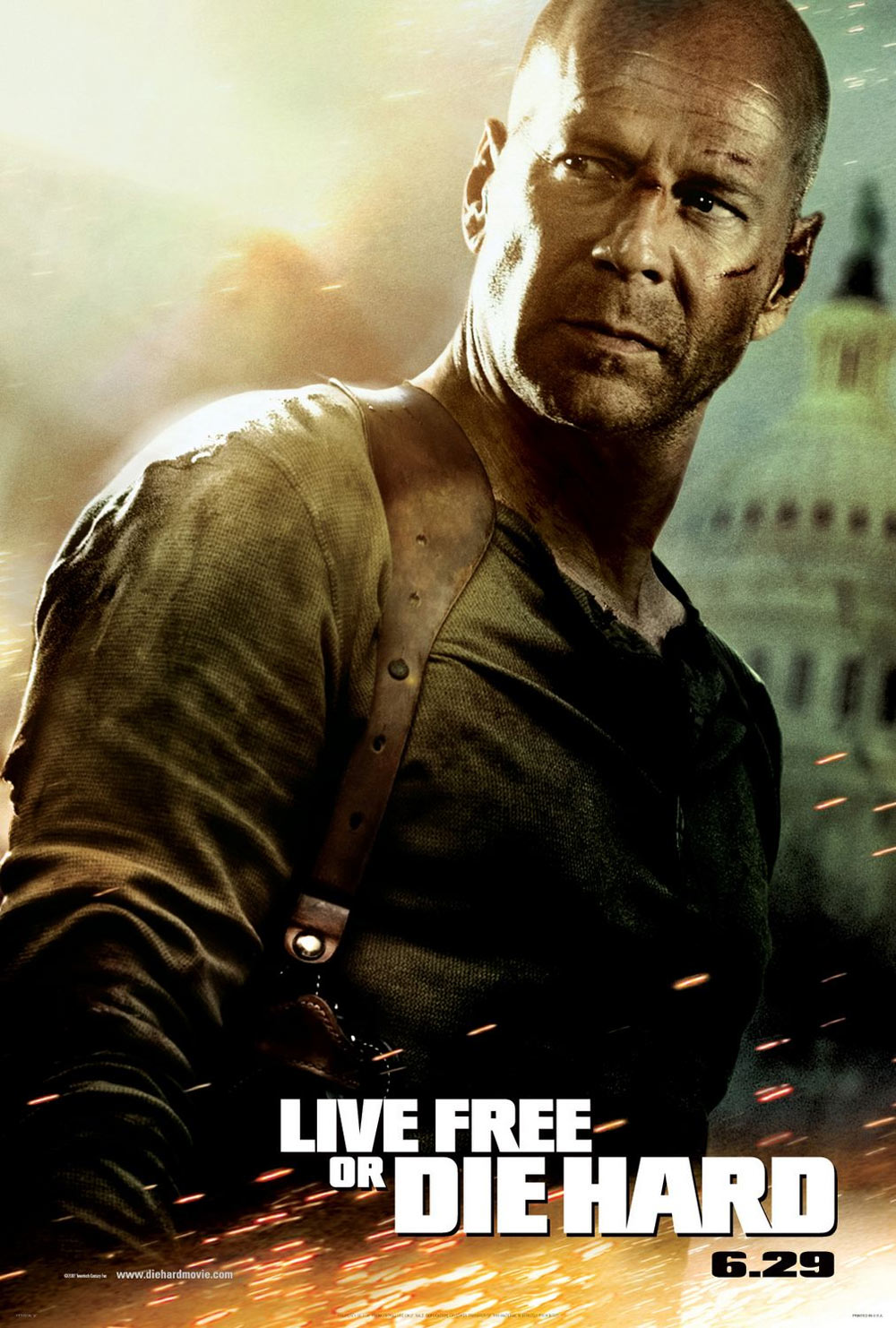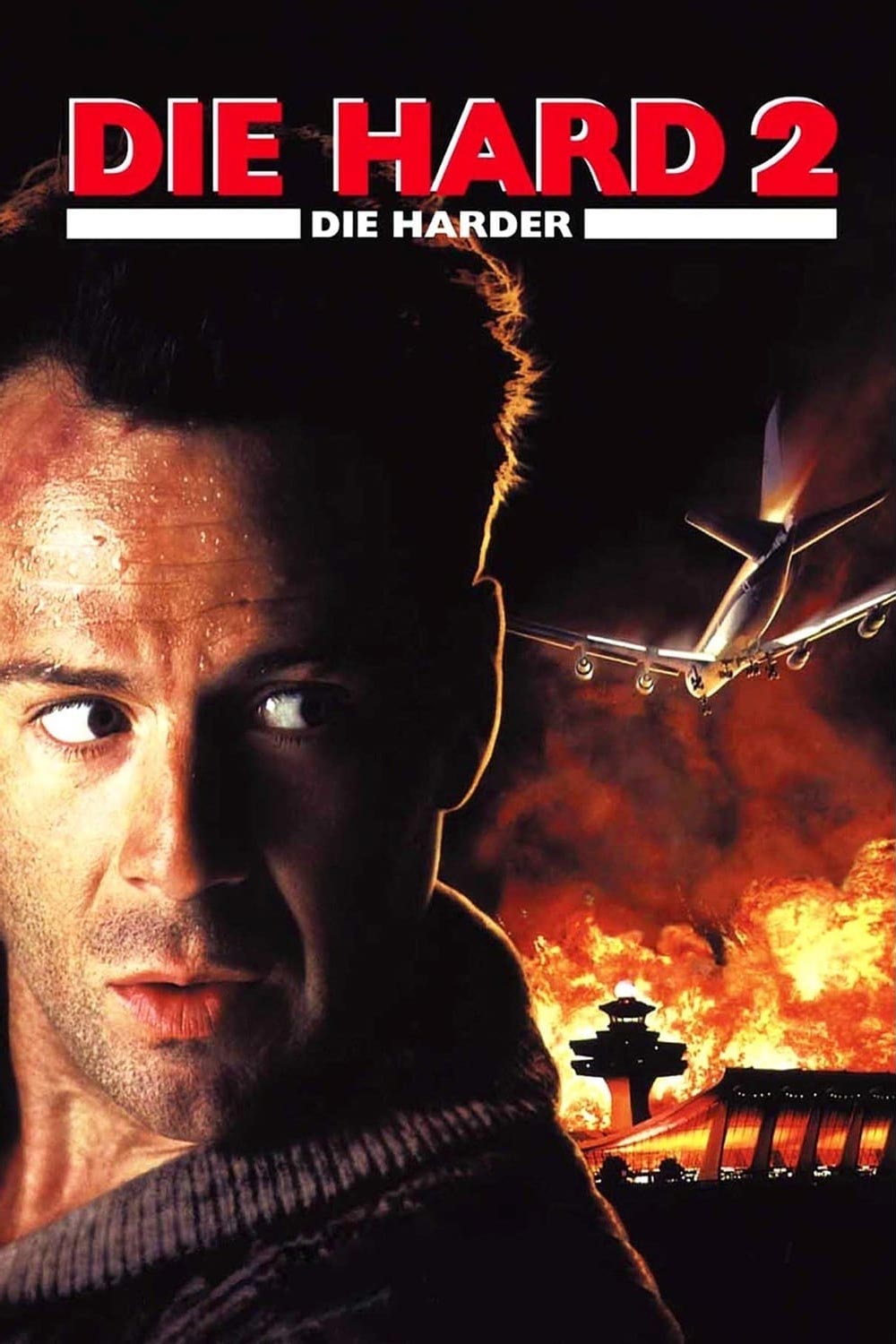Published on
Approximately two years back, the folks at Red Letter Media coined the term “The Bruce Willis Fake Movie Factory“. It’s pretty much what it sounds like—a jab at those dime-a-dozen Bruce Willis direct-to-video flicks flooding the market over the past decade. You know the ones: Willis barely graces the screen for a hot minute, yet his mug dominates the cover, his name shining above the title. They’re what we call “geezer teasers,” and Willis seems to churn them out like clockwork. Now, I usually give these a hard pass, but Deadlock intrigued me—it seemed like a fitting culmination of this whole charade.
Willis has now retired, facing a silent battle with aphasia, a form of dementia he kept hidden over these recent years. It’s a heartbreaking conclusion to the illustrious journey of one of Hollywood’s titans. From his humble beginnings on the TV screen in Moonlighting to the explosive success of Die Hard, Willis carved a path unlike any other. Yet, beyond the four sequels, Die Hard birthed a legion of imitators, each on a tighter budget than the last. Enter Deadlock, a film best described as “Die Hard at a dam,” with Willis cast as the villain. As his career winds down, Deadlock serves as a fitting capstone. He burst onto the scene as the hero in Die Hard, and now, as his star dims, he exits stage left playing the antagonist in a Die Hard replica.
Willis portrays a grieving father in the midst of a tumultuous narrative where his two sons meet a tragic end, shot by police during a raid possibly at the wrong address. The film deliberately shrouds the truth, leaving audiences to speculate on whether Willis’s character, despite his villainous status, might have a valid point. Amidst his mourning, he crosses a moral line, not only eliminating a few officers delivering news of his sons’ fate but also orchestrating the takeover of a local dam, unleashing a flood upon the nearby town. This extreme turn diminishes the nuanced moral ambiguity the writers aimed to imbue in his character, leaving little room for shades of gray.
Enter Mack Karr, the unexpected wildcard in the hostage situation—a character conveniently equipped with a military background, portrayed by Patrick Muldoon, a name that drew a blank for me. Deadlock adheres faithfully to the Die Hard playbook, offering little deviation from the expected tropes. Produced on a shoestring budget, with the lion’s share likely allocated to securing Willis’s involvement, Deadlock unfolds predominantly within the confines of the facility, with Willis confined to a control room for the bulk of his scenes. With the clock ticking and only a single day to capture his performance, the filmmakers strategically limit Willis’s appearances to just three locations, creating the illusion of substantial involvement despite the constraints.
I’ve been around the block with my fair share of Die Hard knockoffs, and one thing that always sets them apart is the sense of spatial awareness—knowing the layout of the battleground and where each side is holed up. The iconic skyscraper in Die Hard masterfully showcased these interconnected spaces, immersing audiences in the tension of the cat-and-mouse game. However, in Deadlock, this crucial element is sorely lacking. There’s a conspicuous absence of aerial shots to give a bird’s-eye view of the facility, leaving viewers without a tangible sense of the dam’s scale and layout. Instead, we’re treated to obvious stock footage of dam operations, while the actors themselves are confined to sterile control rooms and grimy industrial settings that scream “abandoned factory” rather than “high-stakes hostage situation.”
The utilization of stock footage in Deadlock extends even to the portrayal of the town’s flooding—an unsettling choice that borders on exploitation. It’s deeply discomforting to witness genuine tragedies repurposed for mere cinematic effect. Consider the unsuspecting victims stumbling upon this film, only to confront their own flooded homes and vehicles immortalized on screen for the sake of others’ entertainment. It’s a stark reminder of the ethical responsibilities filmmakers bear when handling sensitive subject matter.
In summation, Deadlock emerges as yet another lackluster entry in the realm of low-budget “geezer teasers,” replete with an overreliance on CGI muzzle flashes and blood squibs. It’s a cinematic letdown, failing to muster even a fraction of the intensity and brilliance that defined Die Hard. In truth, it’s a forgettable dud that doesn’t even merit casting a fleeting shadow in the vast wake of its iconic predecessor.
